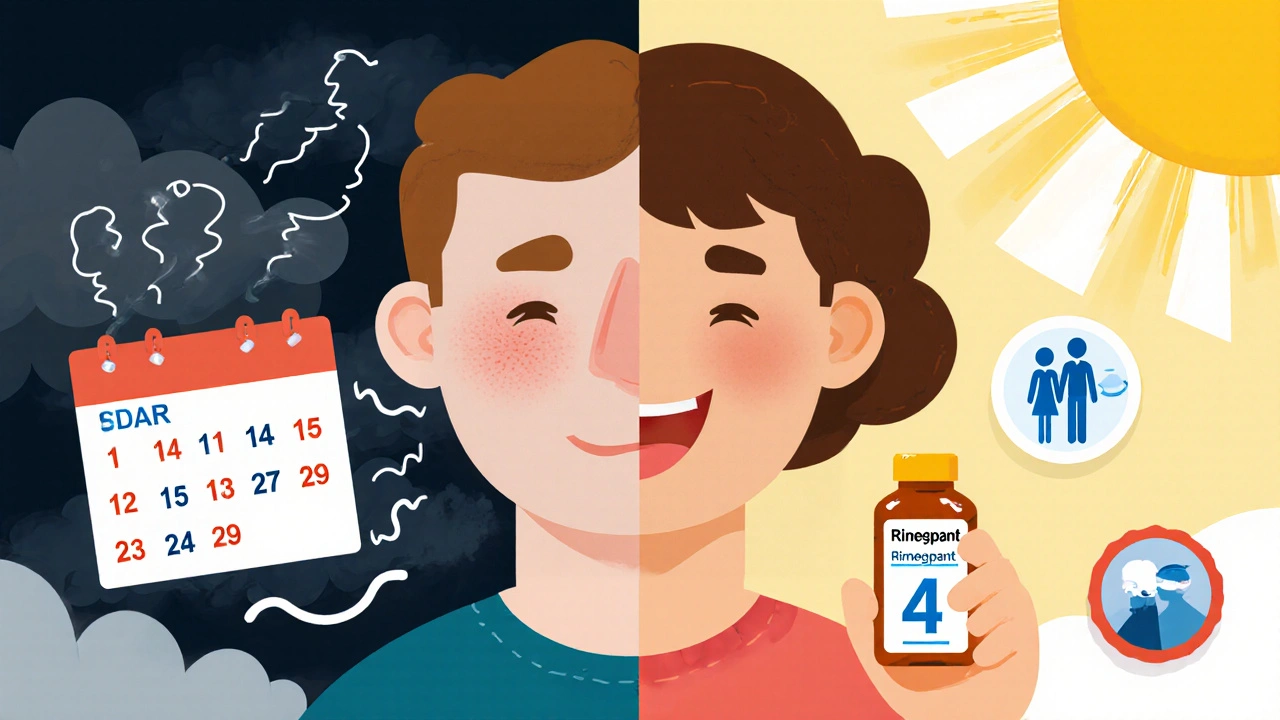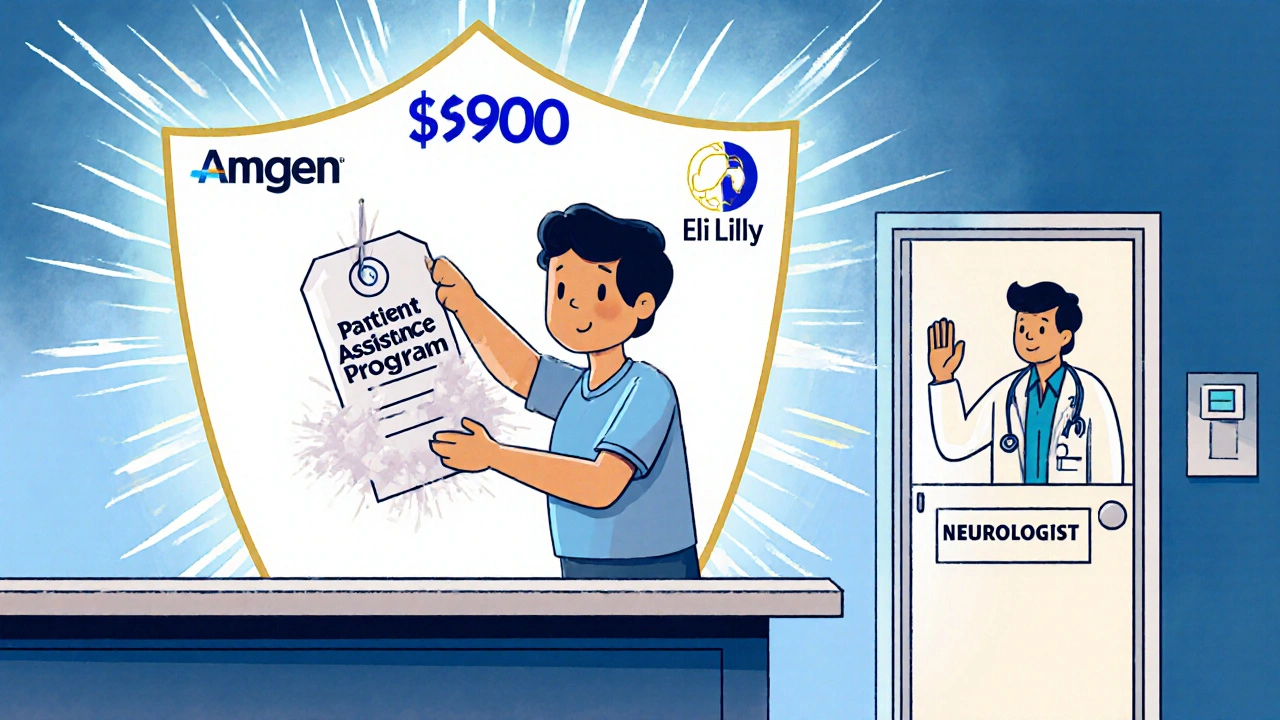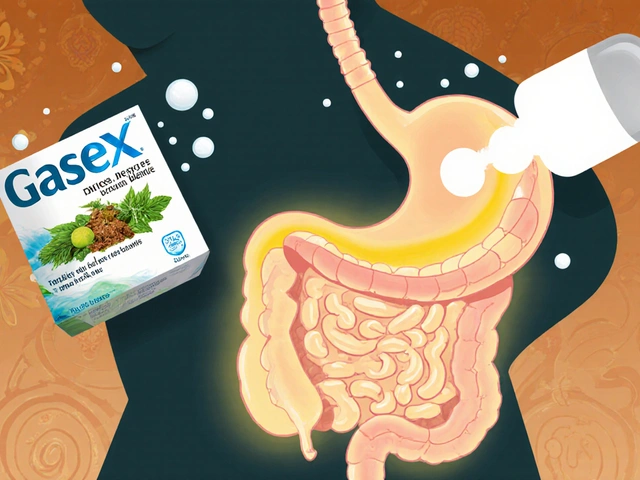What Are CGRP Inhibitors and Why Do They Matter?
CGRP inhibitors are the first class of medications designed specifically to prevent migraines-not repurposed from other conditions like high blood pressure or depression. Before 2018, doctors had to use drugs like topiramate, propranolol, or amitriptyline for migraine prevention, even though those weren’t made for migraines. They worked for some people, but often came with side effects like brain fog, weight gain, or fatigue. Now, CGRP inhibitors target the root cause: a molecule called calcitonin gene-related peptide, or CGRP, that triggers pain signals during a migraine attack.
CGRP is released in the brain during a migraine, causing blood vessels to swell and nerves to fire pain signals. CGRP inhibitors block this process. Some bind directly to the CGRP protein, others lock onto the receptor it attaches to. The result? Fewer attacks, less severity, and better days in between.
Two Types of CGRP Inhibitors: Injections vs. Pills
There are two main types of CGRP inhibitors: monoclonal antibodies (mAbs) and gepants. They work similarly but are given differently.
- Monoclonal antibodies (erenumab, fremanezumab, galcanezumab, eptinezumab) are injected under the skin. You get them once a month or every three months. These are for prevention only.
- Gepants (rimegepant, ubrogepant, zavegepant) are small molecules taken as pills or nasal sprays. Some are used to stop an attack in progress (acute treatment), while others-like rimegepant-are approved for daily prevention.
This means you now have options. If you hate needles, you can try a pill. If you need to stop a migraine fast, you can use a nasal spray. And if you want to cut down attacks long-term, monthly shots might be the way to go.
How Effective Are They?
Real numbers matter. In clinical trials, about half of people using CGRP inhibitors cut their migraine days in half. For someone who had eight bad days a month, that drops to four or fewer. That’s not just a little better-it’s life-changing.
Chronic migraine patients (15+ headache days a month) saw even bigger results. In one study, 84% had fewer headaches. Some went from chronic to episodic migraine-meaning they went from nearly daily pain to just a few days a month. One patient on Drugs.com wrote: "After 15 years of chronic migraine, Emgality got me down to episodic in 3 months. Life-changing."
Compared to older drugs like topiramate, CGRP inhibitors outperformed them. In a direct head-to-head trial, 41% of people on erenumab cut their migraine days by 50% or more. Only 24% did on topiramate. And the side effects? Much lighter. No brain fog. No weight gain. No tremors.

Who Benefits Most?
CGRP inhibitors aren’t for everyone-but they’re ideal for specific groups:
- People with chronic migraine (15+ headache days/month)
- Those who’ve tried two or more older preventives and failed
- Patients with heart disease or high blood pressure (since CGRP inhibitors don’t narrow blood vessels like triptans)
- Anyone with medication overuse headache (taking painkillers too often)
- People who can’t tolerate side effects from older drugs
They’re less effective for people who only get migraines two or three times a month. If your attacks are rare, you might be better off with acute treatments like gepants or triptans.
Side Effects and Safety
These drugs are generally well tolerated. The most common issue with injections is mild redness or soreness at the site-reported by about 28% of users. That usually fades within a day or two.
For gepants, the main concern is liver enzyme changes. The FDA requires periodic blood tests for ubrogepant and rimegepant, especially if you take them long-term. But serious liver damage is extremely rare.
There’s no evidence these drugs cause dependency or withdrawal. You can stop them safely if they don’t work. And unlike older preventives, they don’t interact badly with most other medications.
Some experts have asked: Could blocking CGRP long-term affect blood pressure or heart health? CGRP helps regulate blood flow. But after five years of real-world use, no major safety signals have emerged. Discontinuation rates due to side effects are under 1%.
Cost and Insurance: What You Need to Know
CGRP inhibitors are expensive. Monthly prices range from $650 to $1,000. That’s three to five times more than generic pills like propranolol.
But here’s the catch: most U.S. insurance plans cover them-with conditions. You’ll likely need prior authorization. Your doctor will need to prove you’ve tried other treatments first. Some insurers still make you fail two or three older drugs before approving a CGRP inhibitor.
Fortunately, all major manufacturers (Amgen, Teva, Eli Lilly) offer patient assistance programs. If you qualify, your out-of-pocket cost can drop to $0. Some programs even help with insurance paperwork and co-pays.
Out-of-pocket costs in Australia are lower due to the PBS (Pharmaceutical Benefits Scheme), but access is still limited. Many patients pay privately or wait for specialist approval.

What Patients Are Saying
On Migraine.com, 78% of 1,247 users rated CGRP inhibitors as "very effective" or "effective." On Reddit’s r/migraine community, 82% of 347 posts were positive.
Common themes:
- "I went from 20 migraine days a month to 5 with Aimovig. I started working again."
- "I finally slept through the night for the first time in years."
- "I stopped hiding from my kids because I wasn’t scared of the next attack."
Complaints? Mostly about cost and insurance battles. Some say the shots are inconvenient. Others wish the drugs worked faster-it can take two to three months to see full results.
How to Get Started
If you’re considering CGRP inhibitors:
- Track your migraine days for at least 30 days. Use an app or journal.
- See a neurologist or headache specialist. General practitioners rarely prescribe these yet.
- Ask about insurance pre-authorization. Your doctor’s office can help with forms.
- Check manufacturer websites (AimovigSupport.com, EmgalityConnect.com) for financial aid.
- Start with one type. Don’t jump to multiple drugs at once.
It’s not a quick fix. But for many, it’s the first real hope they’ve had in years.
The Future of Migraine Treatment
CGRP inhibitors are evolving fast. Researchers are testing:
- Nasal sprays and patches for easier delivery
- Pediatric versions for teens (trials completed in early 2023)
- Combination therapy: CGRP inhibitors + Botox, for those who still have frequent attacks
- Use for vestibular migraine and post-traumatic headaches
By 2028, we may see biosimilars-cheaper copies of the monoclonal antibodies. Until then, patents protect the current drugs.
Most headache specialists believe CGRP inhibitors will become the new standard of care within five years. They’re not perfect. But they’re the first real advance in migraine prevention in decades.





November 26, 2025 AT 05:42 AM
This is actually huge for folks who've been stuck with topiramate side effects for years. I've seen patients go from bedridden to hiking again. Not magic, but finally something that targets the real mechanism.
Biggest win? No brain fog. That alone is worth the price tag for many.
November 27, 2025 AT 11:18 AM
Yeah right, another $1000/month pill that 'changes lives'. My cousin tried it and still got migraines. Guess the hype's just marketing.
November 28, 2025 AT 11:45 AM
84% improvement in chronic patients? That's statistically significant but clinically misleading. The baseline was 15+ days. Reducing to 10 is not 'episodic'.
November 29, 2025 AT 01:03 AM
I've been on Aimovig for 8 months. Took 10 weeks to kick in, but now I have 3-4 migraine days a month instead of 20.
Still hate the injection, but I'll take it over passing out in the grocery store.
November 30, 2025 AT 12:06 PM
The epistemological rupture in migraine therapeutics is profound. CGRP inhibitors represent a paradigmatic shift from symptom suppression to neurobiological modulation-deconstructing the Cartesian dualism of pain as mere sensation.
Moreover, the pharmacokinetic elegance of gepants as dual-action agents (acute + prophylactic) embodies Heideggerian 'being-toward-treatment'-a technological enframing that reconfigures patient subjectivity. 🌌🧠
November 30, 2025 AT 22:37 PM
I'm a neurologist and I’ve prescribed these to 80+ patients. The insurance battles are insane. One woman had to fail 5 generics, get denied twice, and appeal before they approved her.
And yes, it works. But if your doc doesn’t push back on insurers, you’re screwed. Don’t take 'no' for an answer.
November 30, 2025 AT 23:58 PM
I appreciate the data, but I’m concerned about the long-term neurovascular implications. CGRP is involved in vasodilation, wound healing, and even neuroprotection. Blocking it for decades-what are we trading off?
It’s great for now, but we need longitudinal studies. Not everyone can afford to wait 5 years for biosimilars.
December 1, 2025 AT 19:23 PM
The clinical trial data is robust, and the real-world evidence from patient registries corroborates efficacy. However, the cost-effectiveness analysis remains contentious when compared to generic prophylactics.
That said, the reduction in emergency department visits, lost workdays, and caregiver burden substantially offsets the drug cost. The QALY gain is statistically significant and clinically meaningful.
Insurance protocols should be standardized. Prior authorization requirements vary wildly between payers, creating inequitable access.
Furthermore, the FDA’s requirement for liver enzyme monitoring with gepants is prudent, though the incidence of transaminitis remains below 2%.
It is imperative that clinicians advocate for their patients, particularly those with medication-overuse headache, where these agents are uniquely indicated.
The emergence of nasal formulations and quarterly dosing will improve adherence.
While not universally effective, for the right patient, this is transformative.
Let us not dismiss this as pharmaceutical overreach-it is, in fact, the first true advance in migraine prophylaxis since the 1970s.
Future research should explore biomarkers to predict responders. We are still in the early days of precision neurology.
December 3, 2025 AT 10:37 AM
You're all acting like this is the cure. My sister has been on three different CGRP inhibitors. Still gets migraines. Still can't work. Still cries in the bathroom.
Stop selling hope like it's a miracle drug. It's not.